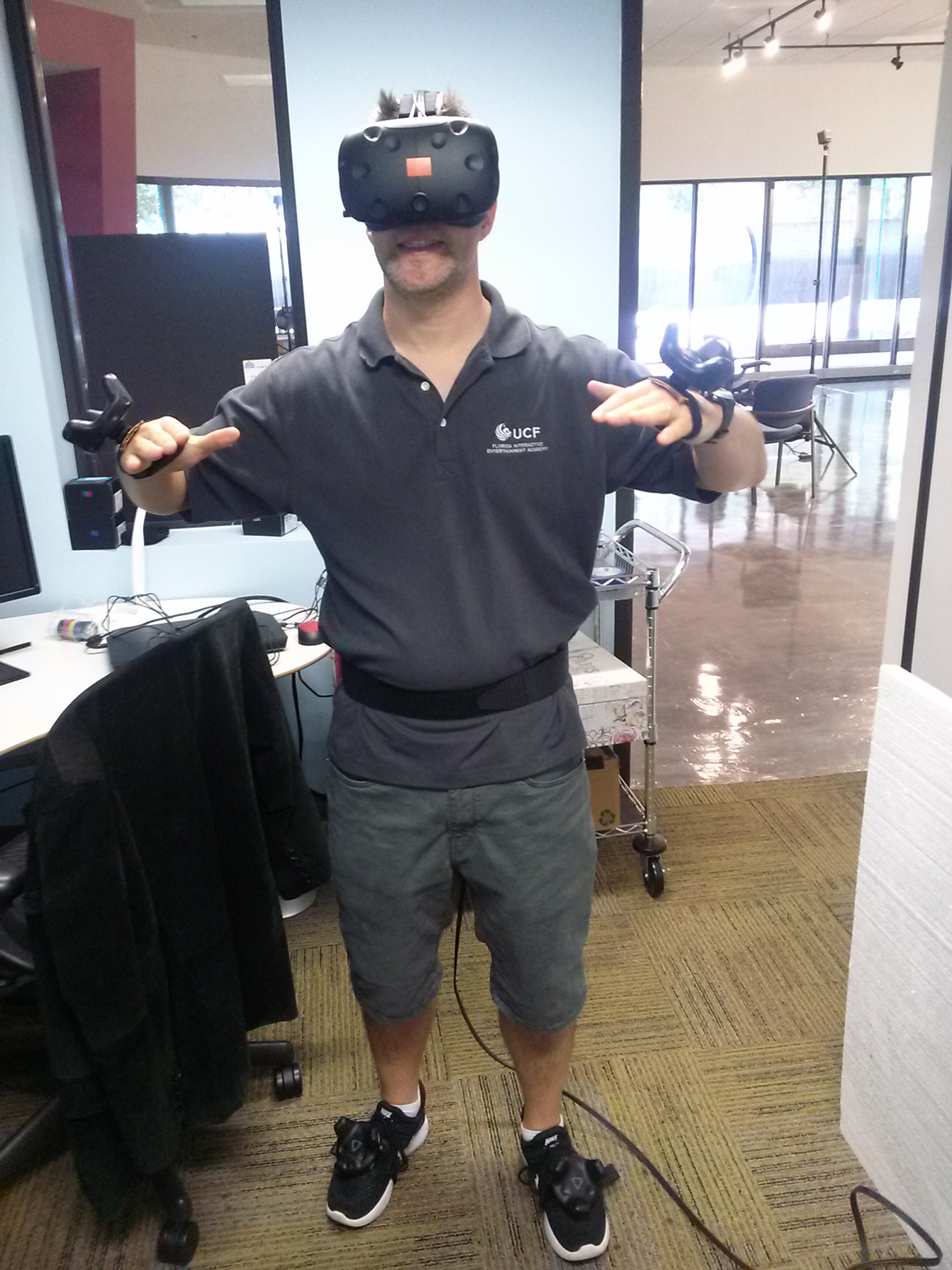
by Blogmeister Meisterblogger | Aug 4, 2017 | Technology
Yesterday was a very special day as it marked the first successful Baby test of the new, iMyth MOCAP suit. It was a very simple test but worked well. Jon Albertson was the brave volunteer who doned the new MOCAP suit which consisted simply of a Vive HMD, a MOCAP Belt,...

by Blogmeister Meisterblogger | Aug 2, 2017 | Technology
It has been a long me coming in order to create real-time, digital humans. Although not quite there, a very talented group just put together the best attempt yet: Mike Seymour, co-founder and interviewer for FXGuide, teamed up with companies such as Epic Games, Cubic... by Blogmeister Meisterblogger | Jul 24, 2017 | Entertainment, Technology
We don’t necessarily hear much from ILMX. Much like their cousin company, Imagineering, they sort of wait for a groovy time to spring a really pleasant surprise on an unsuspecting audience. I’m not at all surprised by this as ILMX shows off how it’s...

by Blogmeister Meisterblogger | Jun 6, 2017 | Technology
I received some bitter sweet news today from the folks at Valve Software. After much anticipation, the engineers at SteamVR have found a way to create a cheaper, more versatile Lighthouse solution. The old sensor chip, the TS3633, produced a single...

by Blogmeister Meisterblogger | Apr 13, 2017 | Technology
I guess I’m just being a geek here. I would not normally create a posting like this but I think it is just so cool. It’s very hard to understand just what the Steam VR lighthouses are doing and how they track an object’s position in real time. In my...

by Blogmeister Meisterblogger | Mar 30, 2017 | Technology
Yesterday, HTC Vive Senior Engineer James Xiong posted a Vive IK Demo on GitHub, which includes a reference source code and a Unity Demo. Too bad it was not for UE4 but methinks this can be easily transferred. The demo experience employs 3 Steam VR trackers mounted to...


